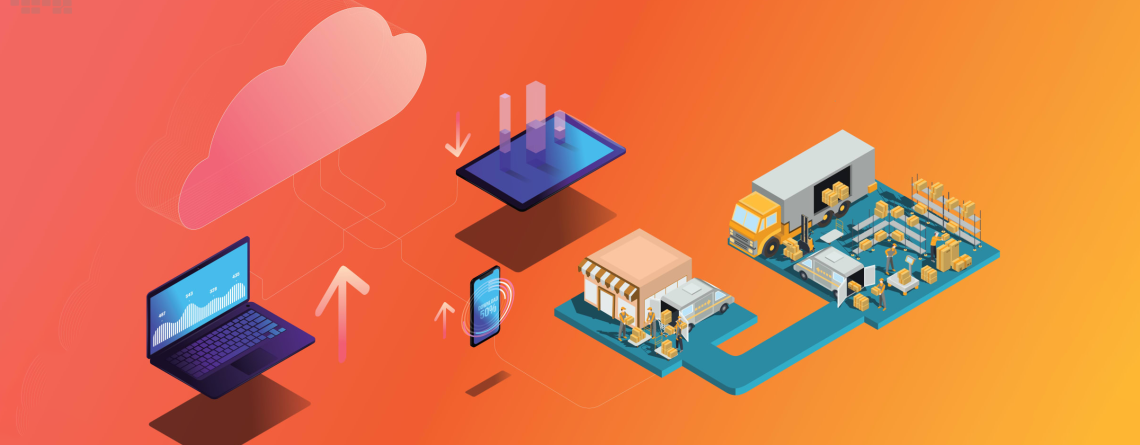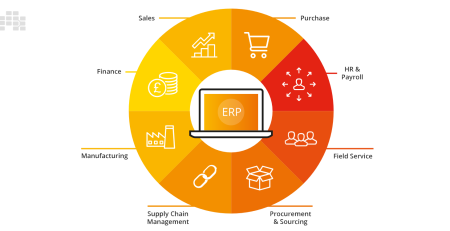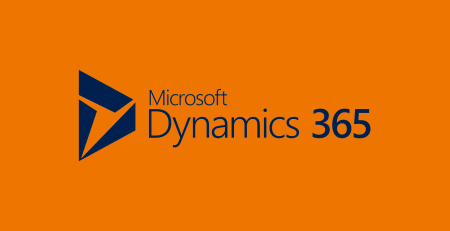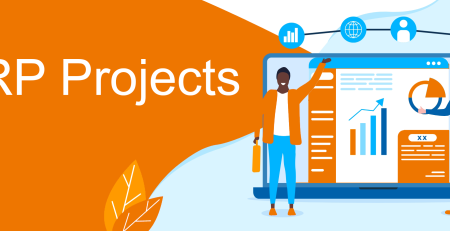ERP Features Warehouses and Distributors Need
Investing in an enterprise resource planning (ERP) system is one of the best ways to stay competitive in today’s business landscape. It is critical to have an industry-specific ERP for warehouses and distributors that coordinates all disparate sections of a company.
Nonetheless, not all ERP solutions are created equal. It can be difficult to separate the wheat from the chaff when selecting from a long list of vendors. This post reveals the best ERP for industrial distribution businesses and will assist you in prioritizing the features that will propel your distribution company to the next level.
1. Automated Workflows
RFID and barcode scanners should be supported by your ERP for automated inventory movement. Other automated processes should include license plating on containers or pallets, labeling, scale integration, replenishment, and more. These procedures simplify production and eliminate the possibility of human error.
2. Warehouse Management Capabilities
A warehouse serves as the hub of a supply chain. Investing in an ERP with built-in warehouse management capabilities, allows you to support even the most complex multichannel processes. A good distribution ERP helps with warehouse process optimization and floor space analysis.
Because RFID scanning capabilities help your team know where everything is, there will be no time wasted in locating products. The software also improves the precision of picks, packs, and ships. You can track items from incoming orders to outgoing shipments by using serial numbers, lots, and batches.
A warehouse serves as the hub of a supply chain. Investing in an ERP with built-in warehouse management capabilities, allows you to support even the most complex multichannel processes.
3. Forecasting and Demand Planning
To meet current and anticipated demand, you must maintain proper inventory levels, which is difficult. Going the manual route exposes various processes to human error. An ERP that includes demand planning assists you in reducing excess inventory, meeting customer demand, and avoiding supply chain disruptions.
A forecasting and demand planning system integrates historical sales and sales forecasts to assist businesses in optimizing purchase decisions. Inventory management is simplified by capabilities such as automated purchase, supply plans, and supply orders.
Precision forecasting is possible because the ERP synchronizes all purchase, sales, and supply functions. You can improve overall inventory management, respond quickly to changes, and provide better customer service.
4. Electronic Data Interchange (EDI)
Data exchange between business partners without human intervention is referred to as EDI. It sends all information and documents electronically, including 810 invoices, 856 shipping invoices, 850 purchase orders, and customs documents.
If you are a high-volume distributor who is currently managing supply chain communications manually, ERP with built-in EDI will assist you. It reduces the possibility of data loss while improving security, accessibility, and transaction speed.
5. Retailer Compliance
Most retailers have a lengthy list of compliance requirements. Some companies may even require you to have EDI before doing business with them. Information such as full shipments, on-time shipping labels, and other details can be difficult to remember and manage.
If you do not meet the retailer’s requirements, you will frequently be fined or charged late fees. A good distribution ERP will assist you in managing all of the retailer specifications and guidelines to ensure that you are always in compliance. This reduces fines and allows you to keep good relationships.
6. Sales Order Management
Every step of the sales process, including approval, receipt, fulfillment, and tracking, is powered by sales order management. The sales process can be difficult for consumer product distributors. Fortunately, an EDF distribution system can assist you in quickly conquering them.
With real-time inventory monitoring and automated workflows, you can eliminate billing errors and obtain accurate quotes. With the click of a button, you can determine the best fulfillment options and obtain approval.
Furthermore, self-service customer portals offered by distribution ERP systems give customers a sense of control over their orders. They can track the progress of their product shipment and make changes at any time, which increases customer satisfaction.
7. Business Intelligence
An ERP with built-in business intelligence (BI) is a massive power drill for your company’s growth. It aids in the discovery of trends and provides an organization with strategic insights into performance metrics. Making business decisions necessitates accurate data, and the massive amounts of data involved in distributions can be overwhelming.
You’ll need a method for analyzing, organizing, and storing this data. A BI-enabled ERP solution will turn mountains of data into clear insights. A good ERP system would assist you in identifying patterns and trends, monitoring market shifts, and quickly adjusting your plans. You can also use our distribution software comparison matrix to determine the best ERP for your business intelligence operations.
8. Profitability Scorecards
A built-in profitability scorecard assists you in understanding the profit margins of all your customers and suppliers. When margins are low, it’s time to rethink tour partnerships and negotiate new contracts. You will also be able to reduce chargebacks proactively.
A profitability scorecard tool makes it simple to identify the root causes of chargebacks and design processes to improve operational efficiency.
9. Ecommerce
Setting up an online presence is an excellent way to distribute goods. An ERP with eCommerce tools enables you to create a satisfying shopping experience for your customers. It enables you to use real data to provide accurate prices, product catalogs, and order status to your clients.








Leave a Reply